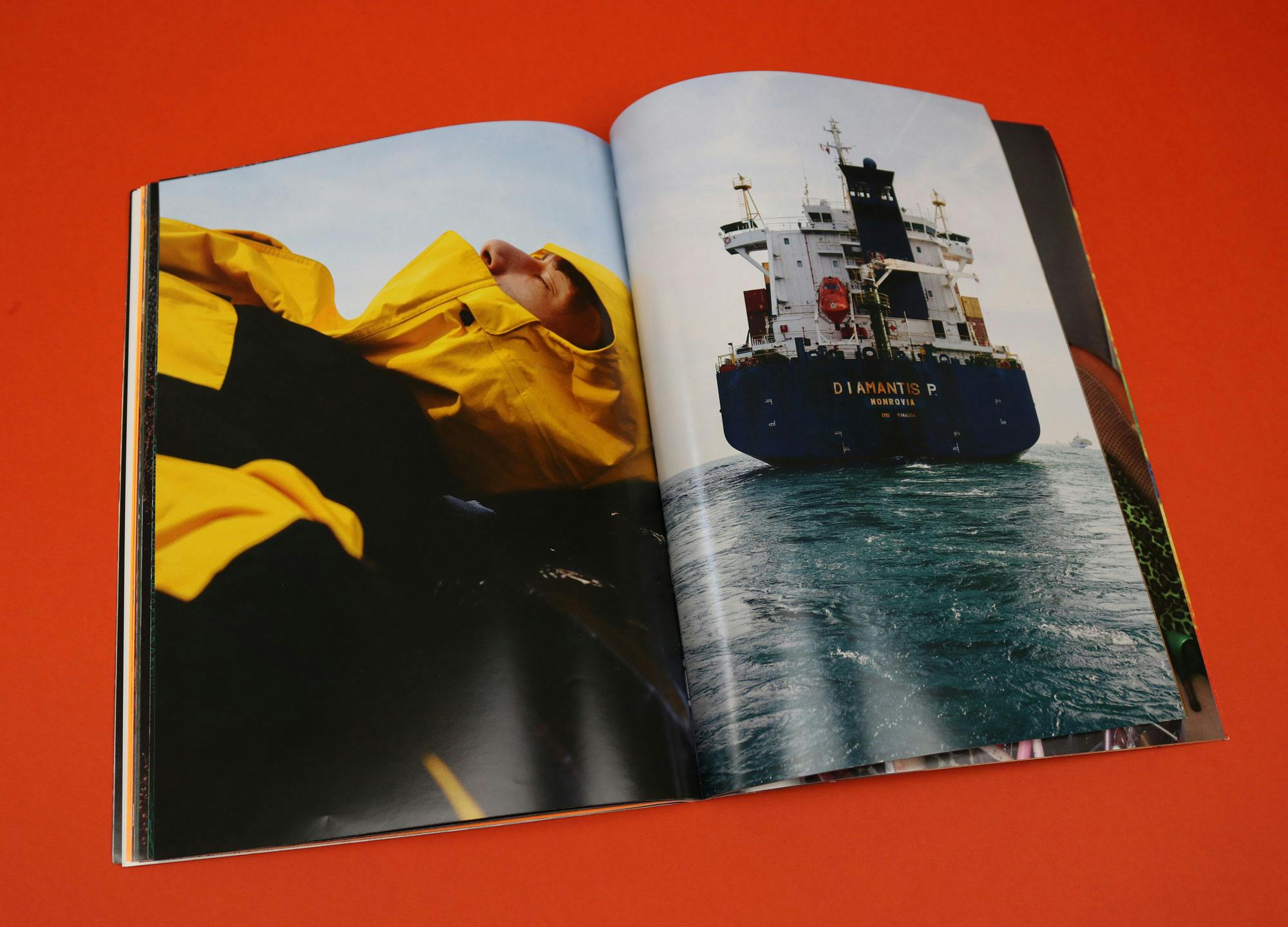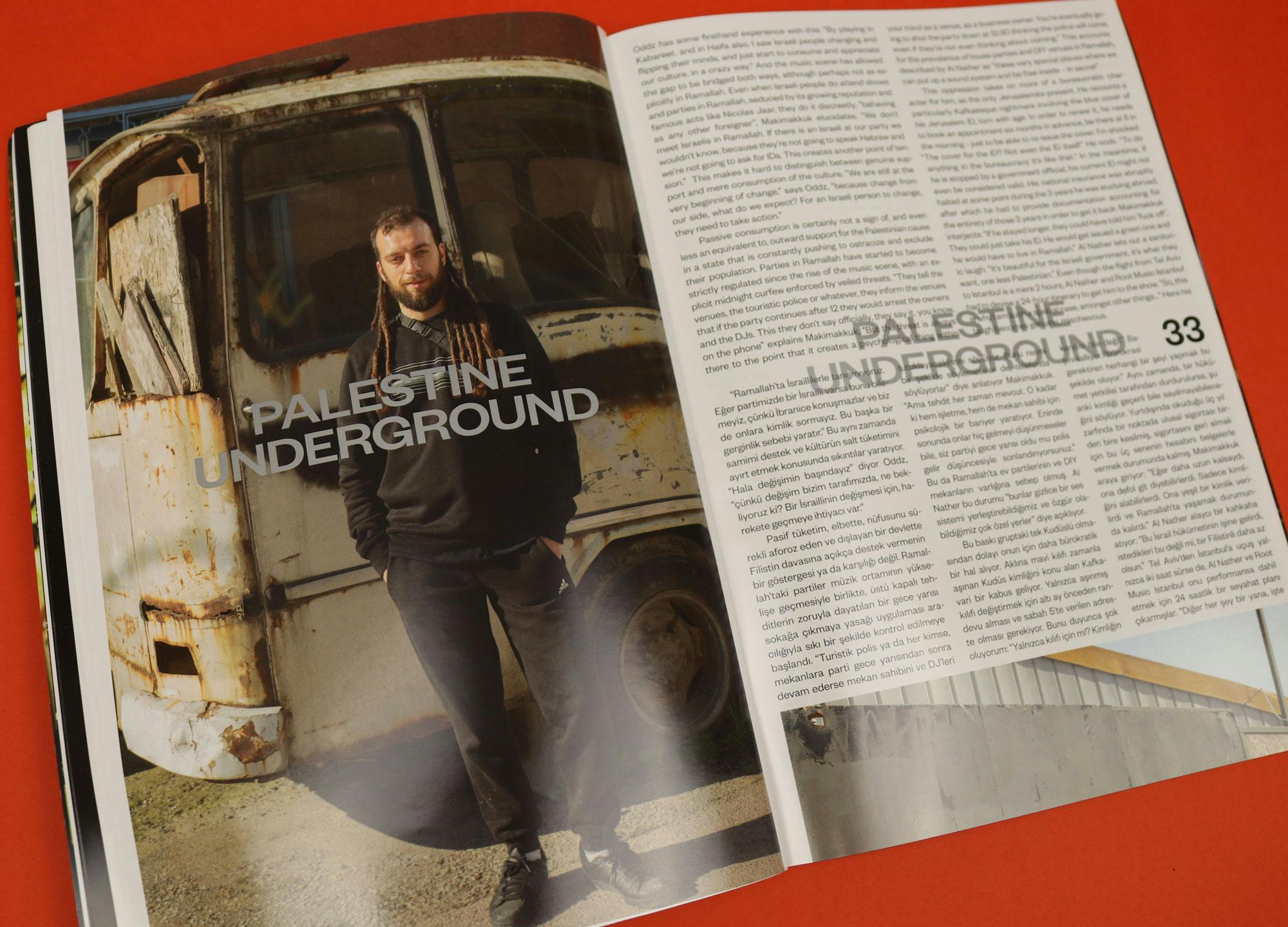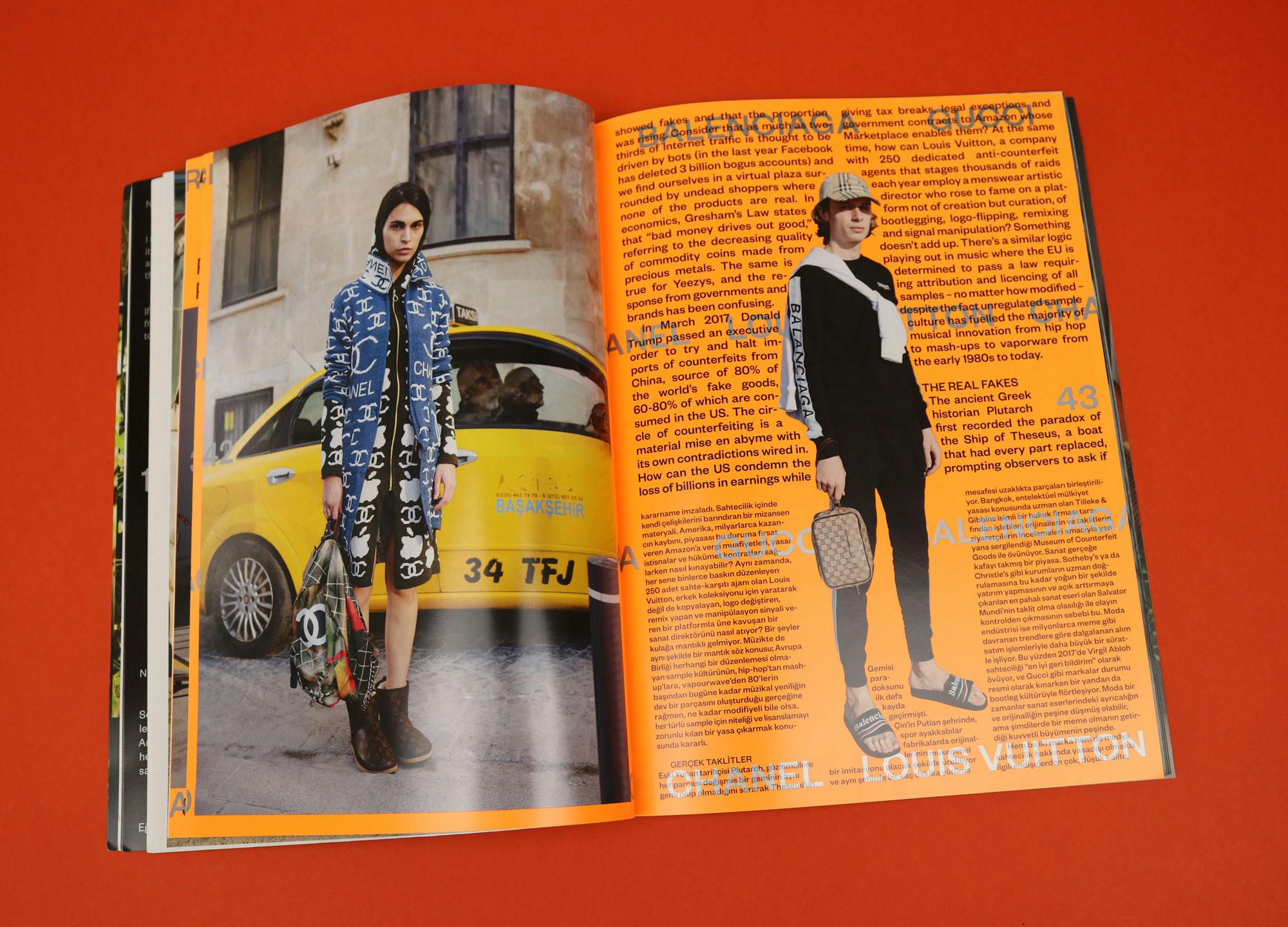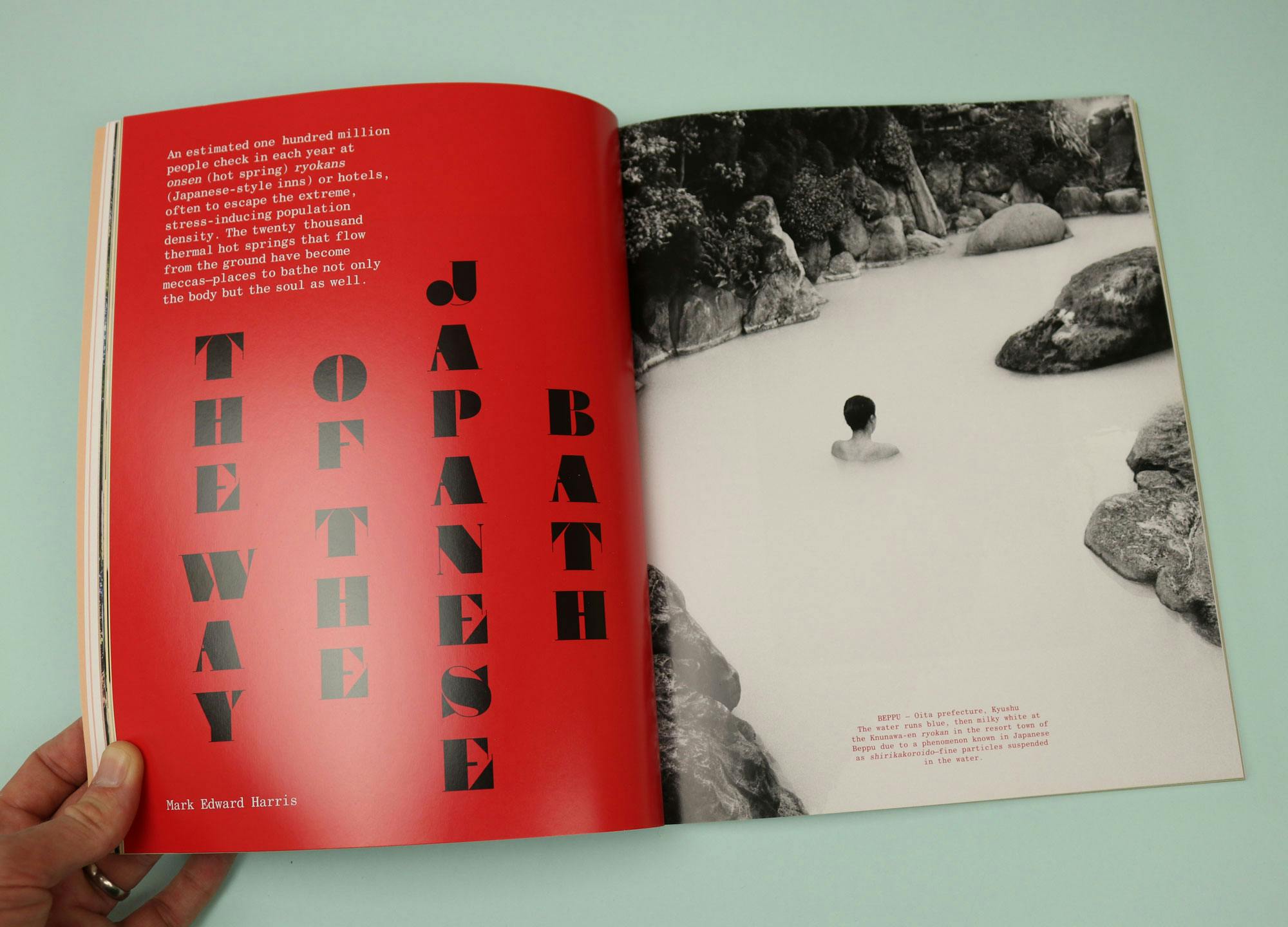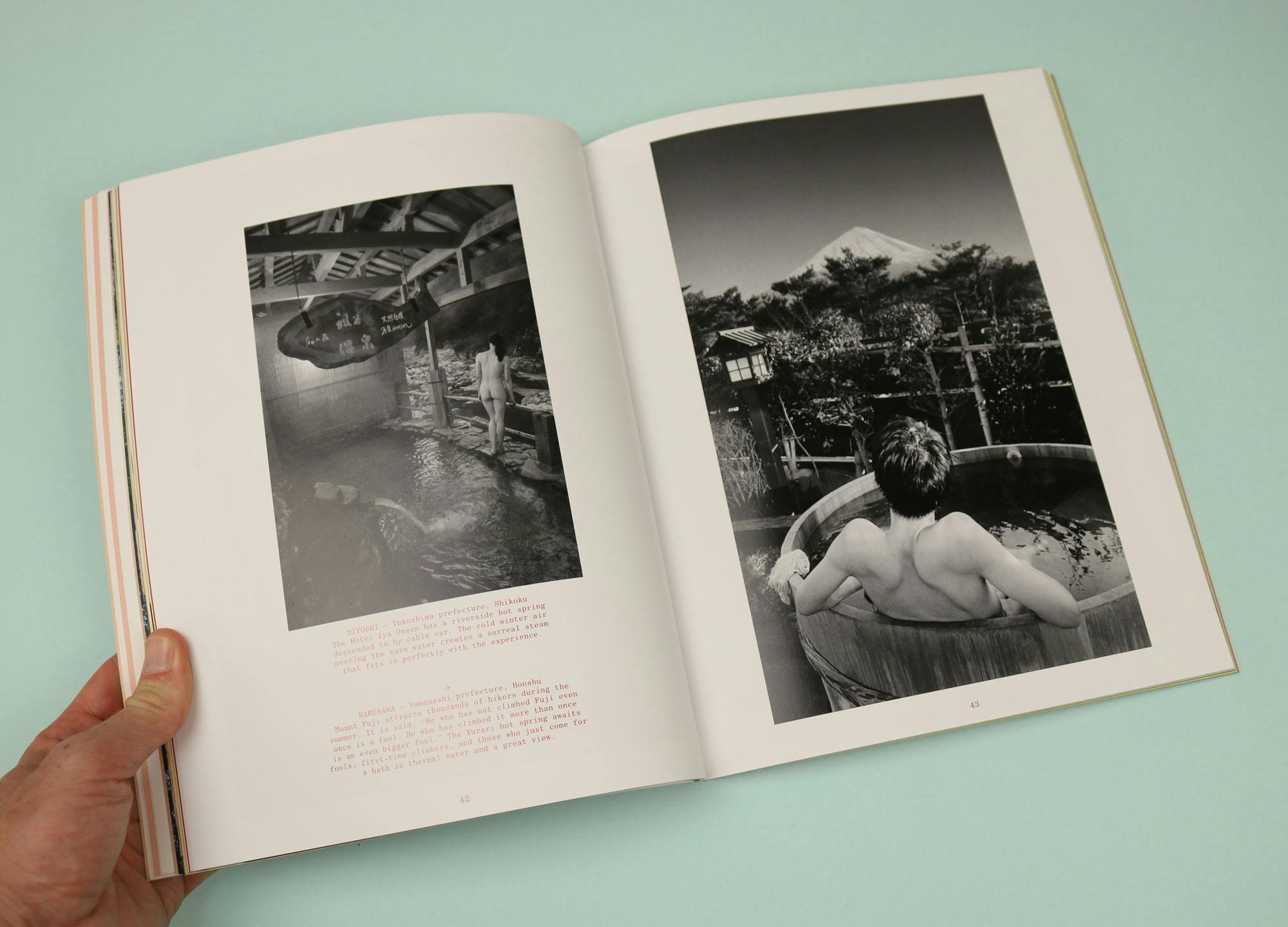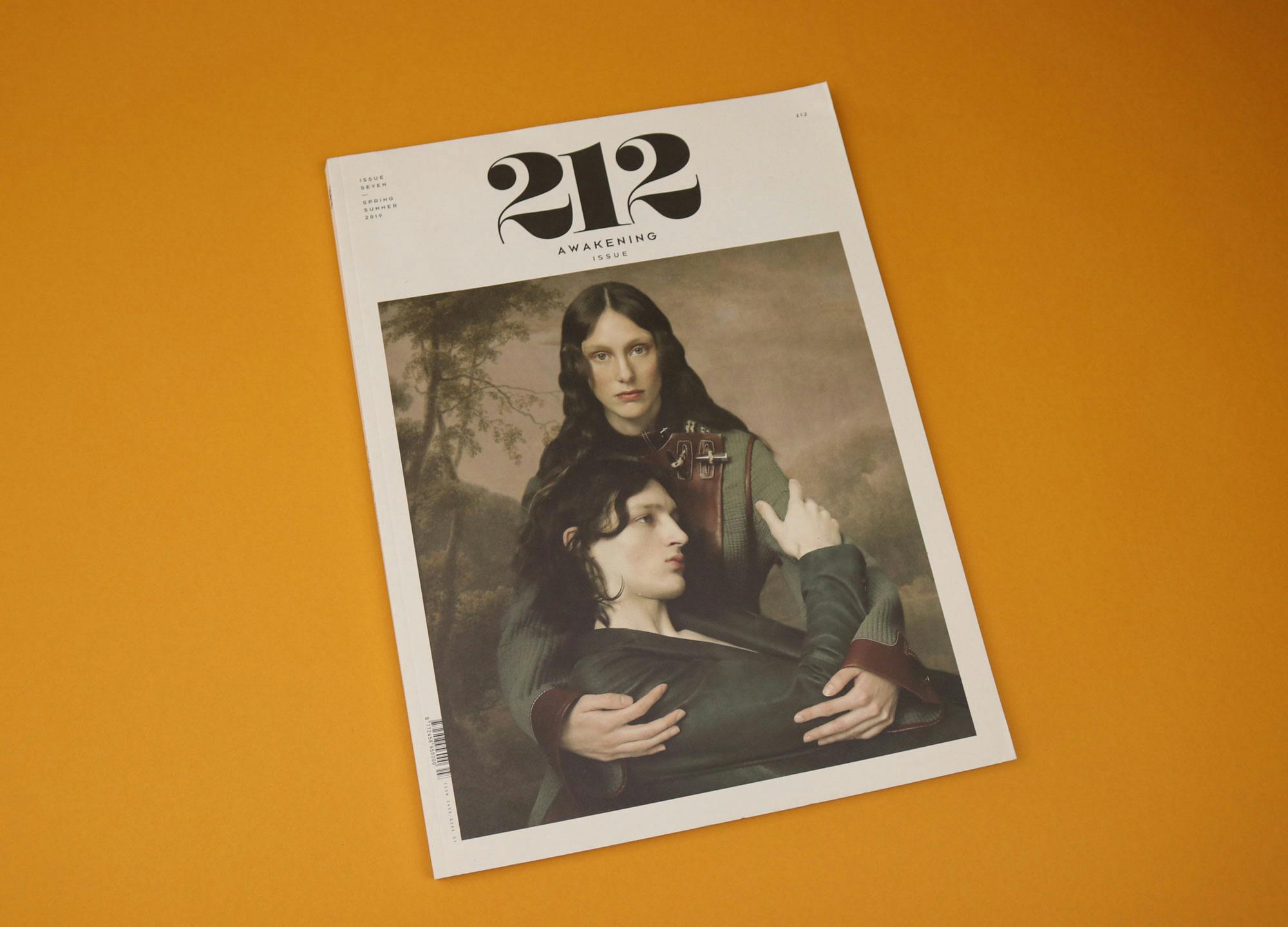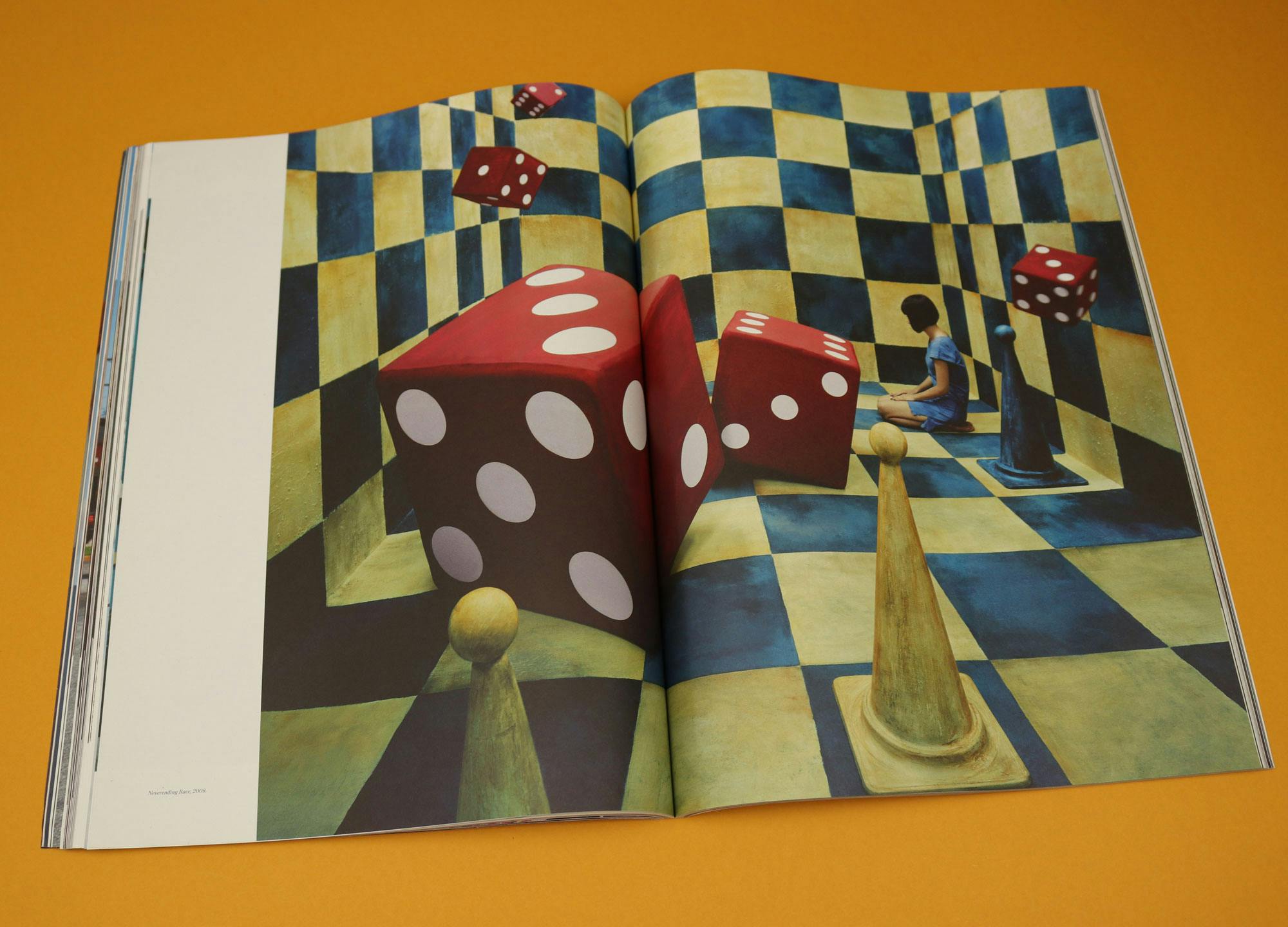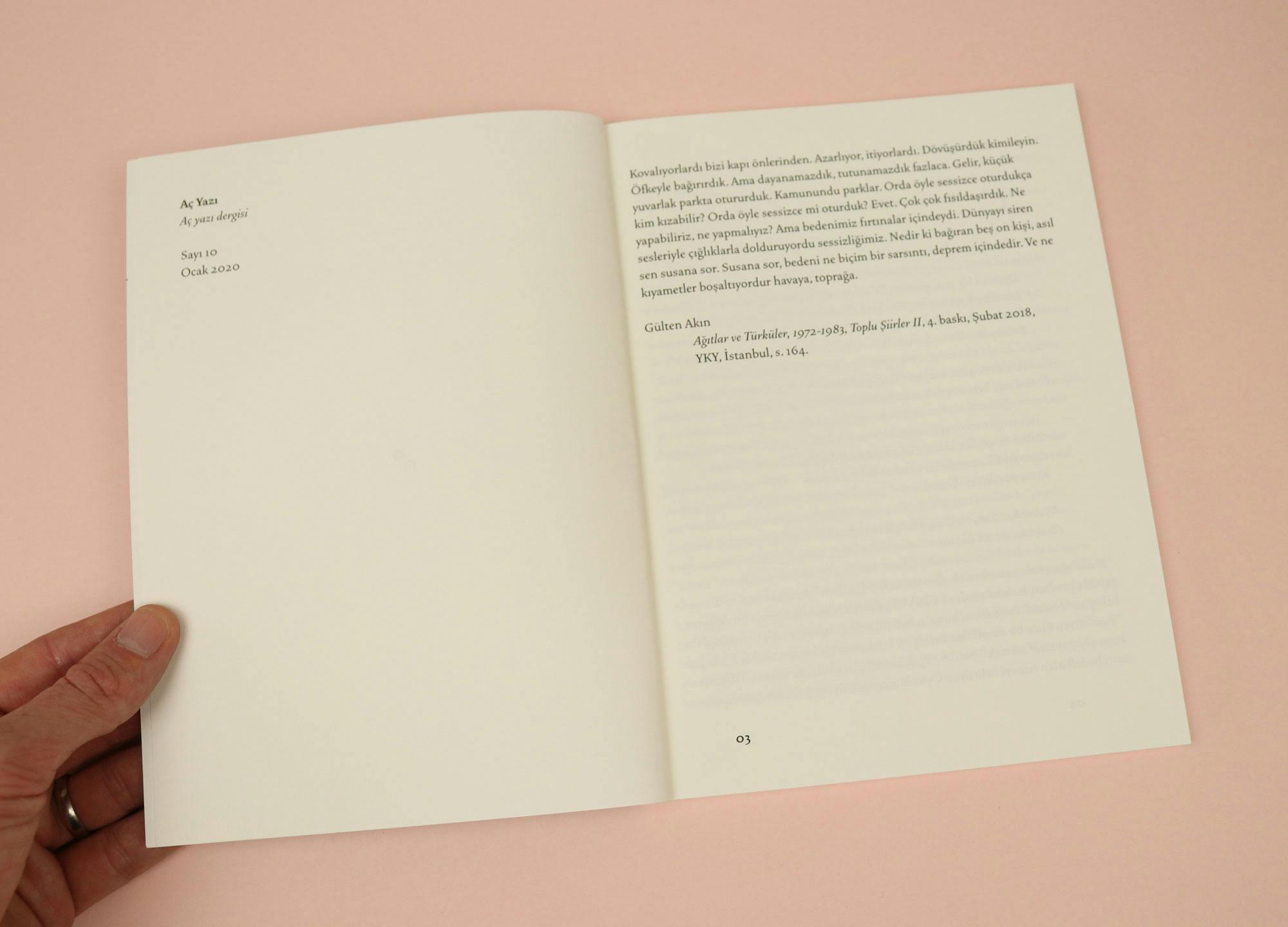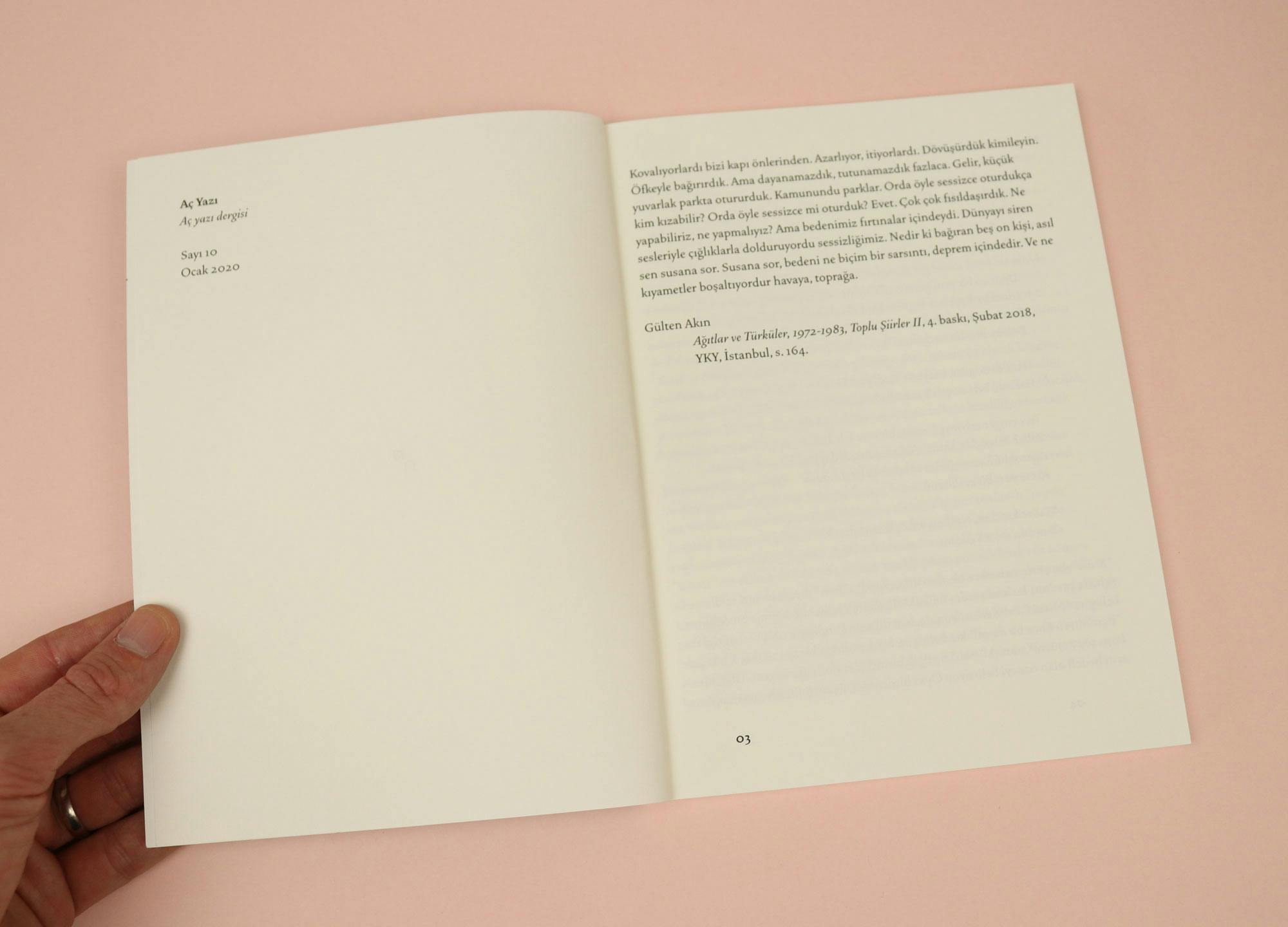Dispatch from Istanbul
What does independent publishing look like outside the big hubs like London and New York? Our new monthly series turns to special correspondents in some of the world’s most interesting centres of independent publishing to get the view from the ground, starting with a report on Istanbul by our own Heval Okcuoglu.
Publishing an independent magazine is hard work wherever you are, but would-be magazine makers in Turkey have to face more difficulties than most. According to the Committee to Protect Journalists, Turkey is one of the world’s biggest jailers of journalists and the threat of repercussions has created an insidious atmosphere of auto-censorship. As civil liberties have been gradually stripped away, publishing has been one of the most severely impacted sectors.
Struggling against Turkey’s politically charged agenda, dismantled judicial system, and economic crisis can make life almost impossible, and yet, despite the obstacles, beautiful and challenging magazines keep being made. Istanbul is the centre of the indie scene because of its dynamic population; the city is a cultural melting pot and it also has the youngest population in Turkey, with around 2.5 million people aged between 15-24.
The city’s independent publishing is mostly divided into two categories: underground, leftist, low-budget publications printed in Turkish such as Ot, Kafa and Kafkaokur, which are mostly printed on newsprint. And more polished, ‘hip’ publications, like Calling and Port. Both categories of independent magazines are circulated via independent bookshops, where you are guaranteed to find the best diverse selection. The most renowned in Istanbul are Robinson Crusoe, Pandora or Gergedan.
Public space in Turkey is under threat, as evidenced by the Gezi Park protests in 2013, when hundreds of thousands took to the streets to contest the proposed demolition of the park to make way for a shopping centre. In this climate, independent bookshops are one of the few places where you can still exchange ideas. Magazines themselves can function like communal spaces: to read a magazine is to carve out a moment for independent thought. Just the fact of having leisure — of allowing yourself the time to generate ideas — gives you the breathing-space to foster resistance.
For the most part, though, making a magazine in Istanbul means accepting the harsh fact that you may not last long. Sadly, most of the iconic independent magazines of the last thirty years, such as İkidebir and Roll have stopped publishing due to lack of funds. As the Turkish Lira has continued to devalue, it has become impossible for some publications to even buy paper. High taxes on publications including books act as further deterrents. Many editors have decided to invest their time and effort into projects that might actually be profitable, and translate to a better quality of life, too. Who can blame them? In the end, it’s a small community in town and they pass the baton to a younger, more hopeful and not-yet-so-worn-out generation of magazine makers.
I have gathered the best magazines currently being published in English in Istanbul for Stack, and added a bonus title in Turkish here, as it is one of my all-time favourites. The existence of each of these magazines is testament to the hard work, determination and resilience of its editorial team, keeping the spirit of independent publishing in Istanbul alive.
Year Zero is the latest project from Barış Bilenser, who has been a key figure in promoting Istanbul’s (once brilliant) nightlife. The government’s taxes and restrictions on alcohol, as well as their general dislike of entertainment, have taken a toll on venues and events. For the last decade, Bilenser has been publishing a free monthly pocket-sized booklet called Zero about Istanbul’s cultural calendar. With Year Zero though, the focus is less on events than on the various regional subcultures both within Turkey and beyond — one piece covers the Palestinian underground music scene, drawing parallels with Istanbul.
Year Zero has recently launched its own online radio station, and is particularly interested in the intersection between street culture and fashion. Highlights include a photography series of Istanbul’s fishermen sailing the Bosphorus, the world’s narrowest natural strait. The magazine is designed by the super-cool Berlin design studio, Studio Yukiko, and it is a delight to look at.
Buy Year Zero in the Stack shop
Hamam is a brand new magazine out this month about the art and culture of bathing. Hamams are integral to the fabric of Istanbul life. Going to the baths is a deeply rooted tradition passed from generation to generation — in Istanbul it is usual to visit the baths with friends and family, or alone periodically.
Editors Ekin Balcıoğlu and Steve Weiner are currently based in New Mexico, and their fascination with hamams is not limited to Istanbul. Eccentric as it may sound, the magazine is designed to be a platform for the global bath-loving community. The magazine is designed by Ali Taptık and Okay Karadayılar’s design studio Onagöre, and is printed in the city at Ofset Yapımevi. It features illustrations from distinguished cartoonist Cem Dinlenmiş illustrating a piece about a Russian Banya on the outskirts of Berkeley, while another of my favourite pieces in the issue tells the story of various Victorian Turkish Baths in the British Isles.
I should say upfront that I used to be the editor of 212, but I haven’t worked for the magazine for over two years so I think it’s fair for me to include it here. 212 is remarkable for its enormous size (28 x 38 cm!) and its eye for immaculate photography. Publisher Handan Yılmaz actually launched a photography Festival in 2018, with the 2020 annual prize to be judged by Brett Rogers of The Photographers’ Gallery alongside the iconic fashion designer Hussein Chalayan in October. The magazine has been publishing since 2016, and one of the stand-out features over the years have been short stories by Turkish literary masters, translated to English for the first time by 212, including works by Orhan Veli, Yaşar Kemal and Sabahattin Ali. These forgotten short stories rekindle a bond between the past and the present of the country.
Aç Yazı, translated to English as Hungry Writing, is a brilliant quarterly literary magazine published in Turkish. The magazine includes essays, poetry and translations by Turkish artists and writers. Every issue feels less like a piece of publishing than an artwork. Print runs are small — just 500 copies of each issue are released — and 32 of those 500 are printed with a deliberately blank cover. The chosen artist for the issue is then commissioned to draw directly onto the front of those limited 32 covers, so that it will be inscribed with an entirely original piece of art. For the most recent issue, Aç Yazı’s worked with the Chilean-born artist, photographer and filmmaker Alfredo Jaar.
Aç Yazı is published by Norgunk, a niche underground independent publisher influenced by the iconic Les Éditions de Minuit of France, which was established underground during the Second World War and later became the publisher of Beckett and the philosopher Deleuze. Inspired by Deleuze, Aç Yazı see themselves as publishing the “literature of the minority”: under-represented texts by voices you don’t usually hear.


